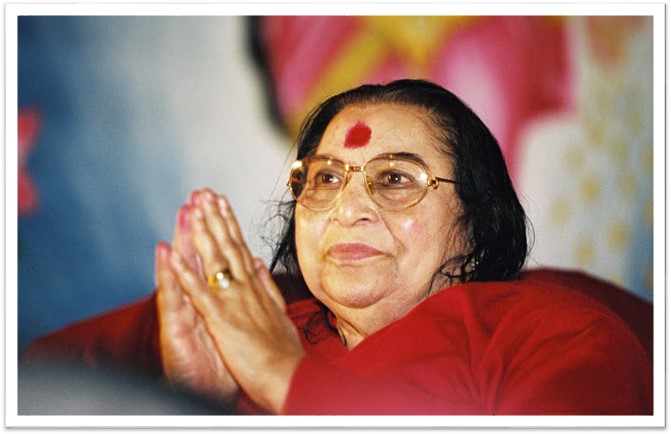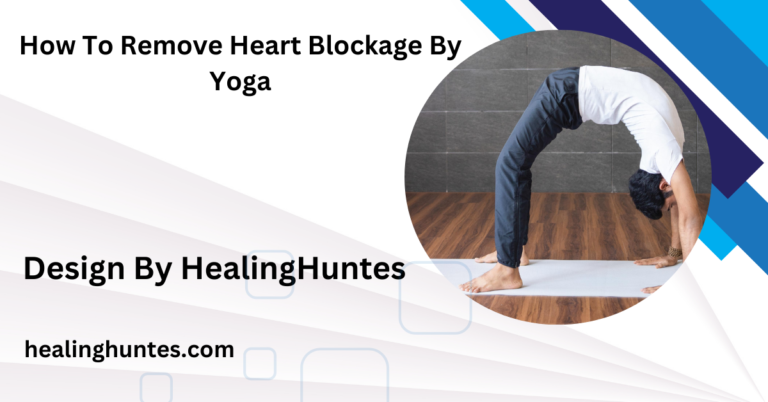Chakra Chart Sahaja Yoga Hands Feet Head – A Complete Guide!
Sahaja Yoga uses hands, feet, and head to balance chakras, promoting energy flow, healing, and spiritual awakening through meditation and focus.
In this article, we explore the role of the chakra chart in Sahaja Yoga, focusing on how hands, feet, and head contribute to energy healing.
What is Sahaja Yoga?

Sahaja Yoga is a meditation technique that helps individuals attain self-realization and spiritual enlightenment. Founded by Shri Mataji Nirmala Devi in 1970, this practice emphasizes the awakening of the Kundalini energy, which resides at the base of the spine. When this energy rises through the chakras, it brings about healing, mental clarity, emotional stability, and spiritual awakening.
The Chakra System in Sahaja Yoga: An Overview
In Sahaja Yoga, the chakra system is broken down into seven main energy centers, each located along the spine and extending to the head. These energy centers are known as Chakras. Here’s a deeper look at these seven chakras and how they are associated with the hands, feet, and head:
Muladhara (Root Chakra):
Located at the base of the spine, the Muladhara Chakra is responsible for grounding and stability. The feet are the primary focal point for this chakra, as they connect the body to the earth. The root chakra helps with survival instincts, security, and physical health.
Swadhisthana (Sacral Chakra):
The Swadhisthana Chakra is located just below the navel and is associated with creativity, emotional well-being, and pleasure. The hands are used to balance this chakra, especially in Sahaja Yoga meditation, where specific gestures can awaken energy in this center.
Manipura (Solar Plexus Chakra):
The Manipura Chakra lies above the navel and is connected to personal power, self-confidence, and digestion. In Sahaja Yoga, this chakra is often balanced through both hands (to hold energy) and feet (for stability and strength).
Anahata (Heart Chakra):
Positioned in the center of the chest, the Anahata Chakra is linked with love, compassion, and empathy. The hands are essential for healing this chakra as they channel energy during meditation to promote emotional healing.
Also Read: How Long Does It Take For Wrist Sprain To Heal – A Detailed Examination!
Vishuddha (Throat Chakra):
Located in the throat area, the Vishuddha Chakra governs communication and self-expression. The head, particularly the forehead area, plays a role in balancing this chakra. Clearing this chakra allows for better verbal expression and inner truth.
Ajna (Third Eye Chakra):
The Ajna Chakra is located between the eyebrows and is associated with intuition and perception. The hands are used in Sahaja Yoga practices to clear energy blockages around this chakra, helping enhance intuition and clarity.
Sahasrara (Crown Chakra):
The Sahasrara Chakra is at the top of the head and represents spiritual enlightenment, connection to the divine, and higher consciousness. The head is the focal point for balancing this chakra, often through specific meditative practices and focus.
How Sahaja Yoga Uses Hands, Feet, and Head to Balance Chakras

Sahaja Yoga’s unique approach emphasizes the role of hands, feet, and head in restoring chakra balance. Here’s how these body parts are used in the practice:
Hands:
The hands are an essential tool in Sahaja Yoga. Practitioners use the hands to channel energy, either by placing them on different parts of the body or using them to direct energy toward specific chakras. For example, placing the hands on the heart center can help balance emotional energy, while using the hands on the solar plexus chakra aids in clearing personal power blockages.
Feet:
The feet are deeply connected to grounding and stability. In Sahaja Yoga, the feet are often used for meditative practices that promote connection to the earth. The practice of placing the feet on the ground while meditating allows energy to flow freely through the chakras and provides a solid foundation for spiritual growth.
Head:
The head is crucial in balancing the crown chakra and the third eye. The practice of placing attention on the top of the head helps in connecting with higher spiritual consciousness. The forehead and crown are frequently involved in the cleansing techniques that clear energy blockages, opening up channels for greater insight and self-awareness.
Also Read: Is Skin The Fasting Healing Organ – A Deep Dive!
How to Use the Chakra Chart in Sahaja Yoga for Healing
To use the chakra chart effectively in Sahaja Yoga, it’s important to understand how each chakra affects different aspects of your physical, emotional, and spiritual health. You can balance the energy of the chakras by following these steps:
- Begin with Meditation: Start by calming your mind and focusing on your breath. This sets the stage for energy flow.
- Focus on Specific Chakras: Use the chakra chart to determine which energy centers need attention. For example, if you feel disconnected, focus on the Muladhara Chakra (Root Chakra). If you are struggling with communication, focus on the Vishuddha Chakra (Throat Chakra).
- Use Your Hands and Feet: Gently place your hands or feet on the relevant areas of the body, paying attention to the sensations. In Sahaja Yoga, the hands and feet help direct the energy into the chakras, restoring balance.
- Visualize Energy Flow: As you meditate, visualize the energy rising through your chakras, clearing blockages along the way, and reaching the crown chakra for spiritual awakening.
The Importance of Balance in the Chakra System
Maintaining balance in your chakra system is essential for overall well-being. When one or more chakras are blocked or out of alignment, it can lead to physical ailments, emotional instability, and spiritual disconnection. Using the Chakra Chart and incorporating Sahaja Yoga’s techniques for the hands, feet, and head helps keep these energy centers open and flowing.
FAQ’s
1. How can I know if my chakras are unbalanced?
Unbalanced chakras can manifest as physical ailments, emotional distress, or mental fog. If you experience recurring health issues or emotional struggles, it could indicate an imbalance in one or more of your chakras.
2. Can Sahaja Yoga be practiced by beginners?
Yes, Sahaja Yoga is suitable for beginners. It is a gentle practice that focuses on self-realization and energy healing, and anyone can start with simple meditation techniques.
3. How long should I practice Sahaja Yoga each day?
It’s recommended to practice Sahaja Yoga for at least 20-30 minutes a day. However, more time can be spent as you deepen your practice and understanding of the chakras.
4. Is it necessary to follow a specific diet while practicing Sahaja Yoga?
While Sahaja Yoga does not impose a strict diet, it is beneficial to follow a balanced and healthy eating plan that supports your energy flow and mental clarity.
5. Can I heal others using Sahaja Yoga techniques?
Yes, once you develop a deeper understanding and control of your own energy system, you can use your hands and feet to help heal others through energy transfer.
Conclusion
Sahaja Yoga offers a powerful method for chakra balancing, using the hands, feet, and head to channel energy and promote healing. By practicing these techniques, individuals can enhance their physical, emotional, and spiritual well-being. The chakra chart serves as a helpful guide, allowing practitioners to understand and harmonize their energy centers for optimal health and self-realization.






